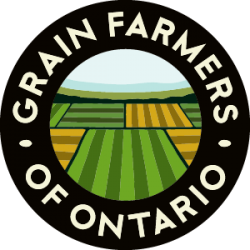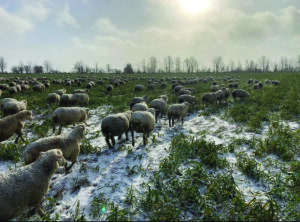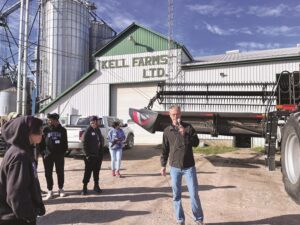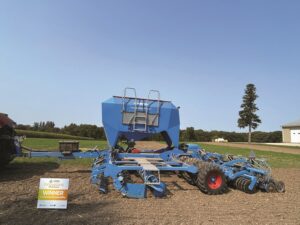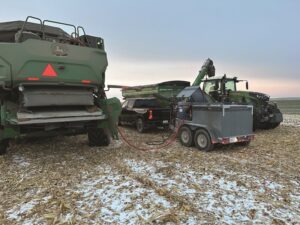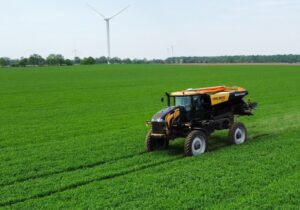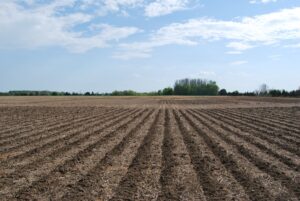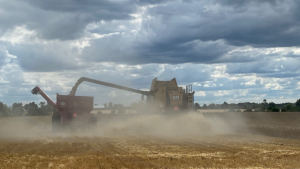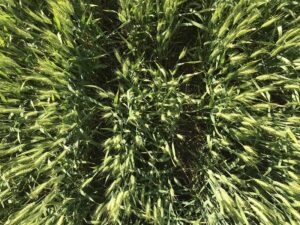Investments in biological inputs grow
More analysis needed
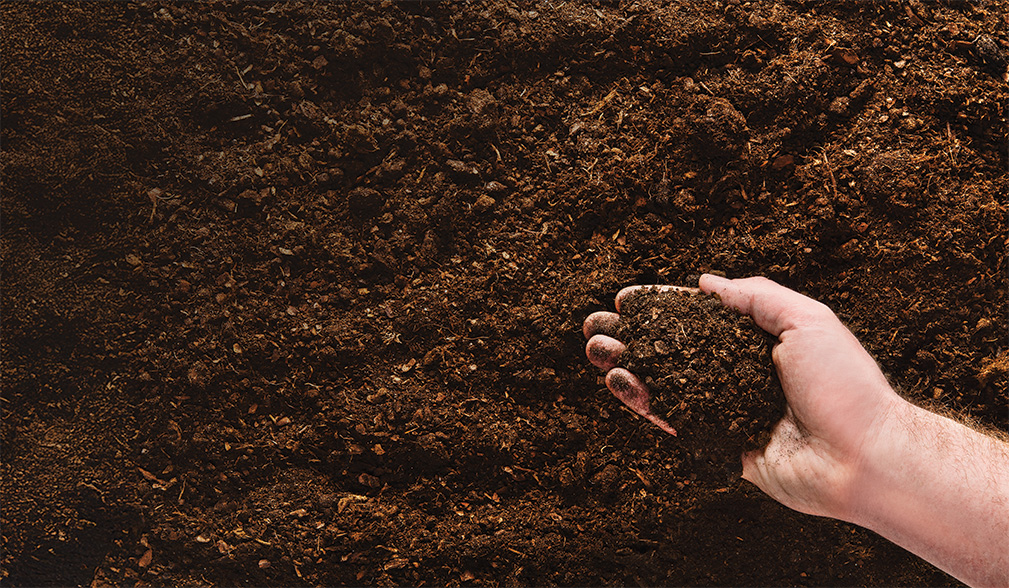
Interest in biological inputs for crop production is increasing across the agriculture industry—although the benefits they afford are not always clear. Concerns about less-than-effective snake-oil solutions also spur apprehension.
Nevertheless, the general drive for more sustainable farming systems is driving investment in biological products by individual farmers and large companies alike.
WHAT IS A BIOLOGICAL?
“Biologicals” can mean many things to different people. In the context of this article, the term refers to amendments added to the soil and crops designed to improve soil health and crop production.
According to Greg Stewart, agronomist and biological field specialist with Syngenta Canada, biological products of this kind should be broken into several categories. This is a necessity, in part, because many products deemed to be a biological differ in function from what early biologicals were meant to do—improve the biological activity in soil.
“Now we’re putting down bio-stimulants with fungicide at VT tassel,” says Stewart, referencing an example foliar product he would not consider in the same classification as something intended to support soil health.
“I’ve found growers really needed it to be broken down. We’re talking about products that are soil-applied.”
Stewart’s first category within the soil-applied realm includes “live microbes in the jug meant to provide an improvement or addition to the natural microbial community that lives in the soil already.” This could be phosphorus-solubilizing microbes, for example. Stewart says Syngenta partnered with Silicon Valley-based biotech company Intrinsyx Bio to develop and commercialize this kind of product. Significant effort in this case, and many others across private industry, is being made to find the right microbial populations to accomplish different tasks.
Stewart’s second category includes humic and fulvic acid. He describes these products as akin to “taking your ton of compost and squeezing it to get the most important compounds out, and putting it in-furrow.” The goal is to foster improvements in organic matter, albeit with a product that itself is not alive.
“We call them biologicals because they are of a biological origin,” says Stewart.
The third category includes amino acids, peptides, proteins, and sugars—anything designed to stimulate existing microbial communities within crop root systems.
While Stewart believes there is likely some value in every category, he currently considers soil-applied products with humic and fulvic acids to have the most significant potential impact on crop production.
Regardless, he says it’s hard to claim that any biological will have a truly profound and noticeable effect on soil microbial communities. It’s for this reason Stewart focuses on achieving what he deems “more modest” gains, such as ensuring more seeds within a corn field successfully grow and mature.
“You have to know your purpose…when you put one litre of anything into the furrow of a seed trench, you probably will never know exactly what is going on in there. But it’s good to know what some of the approaches are,” he says. “I want to just take plants on the margin, that are just not quite functioning, and get them to actually have an ear on it.”
REPLACING MISSING BIOLOGY
Achieving general improvements in soil health is nonetheless a critical driver. For Sally Bernard, co-owner of Barnyard Organics, an organic grain, livestock, and feed mill business in Freetown, Prince Edward Island, biological soil amendments might be a means of offsetting the negative impacts of tillage in their organic grain system.
While manure does provide some compensation, Bernard says it was not making up for the volume of nutrients being removed from the field. Analyzing their soils through a microscope highlighted a soil community dominated by bacteria, with comparatively little in the way of fungus and other microorganisms indicative of healthy soils. Further learning from courses developed by American soil scientist Elaine Ingham indicated their farm was, as Bernard describes, “missing some biology.”
“We always did compost. But we needed more carbon to feed the good bacteria and fungi. We started making different composts, but they were still too high in bacteria,” says Bernard. She and her partner then purchased a more biologically complete product that “looked like a pile of black sticks.”
Afraid they had invested in something ineffectual, they were relieved when the sticks revealed significant and diverse microbial activity under the microscope. A liquid extract was created by steeping the solid material, with application occurring in-furrow at planting. In total, Bernard says $1,000 worth of the solid product provided enough living-biology fertilizer for the season, with some left over for the subsequent year. Whether repeated applications will bring about noticeable improvements in the soil remains to be seen—the Bernards are only in their second year of experiments with the product—but she notes the rye planted with the biological amendment had very good aggregation around the roots at a young age.
“We’ve also seen mushrooms coming up in some fields, which we never had,” Bernard says, adding they will continue trialling and gathering soil health metrics to evaluate whether their efforts are fostering results.
GATHERING THE DATA
The wide range of biological products currently on the market make it difficult to know where to start researching their true impacts, says Jake Munroe, field crop soil management specialist with the Ontario Ministry of Agriculture, Food, and Agribusiness.
Like Stewart and Bernard, Munroe also says the impact claims made by some product manufacturers appear dubious in light of little or no independent assessment data. Some research from the United States appears to show little direct yield or economic benefit from a range of biologicals, for example, although Munroe wonders if the inherent complexity of biology in the soil, and the products themselves, might be causing inconsistencies in research efforts generally.
Munroe does think biological stimulants and inoculants have some promise, however, given how many resources are now being committed to research and development.
Read more online! Scan the QR code to read more about what Munroe has to say about biologicals, or visit www.ontariograinfarmer.ca. •

